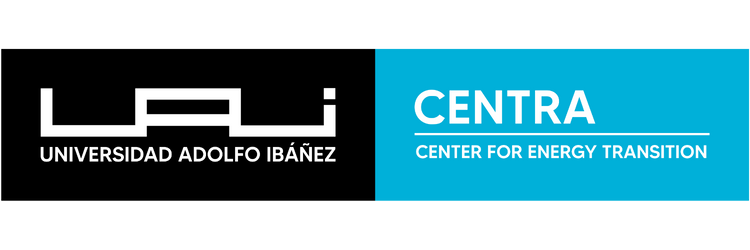Energy transition expert talks hydrogen investment, project permitting, Trump fallout
April 1st, 2025
Like Chile, Canada is aiming to achieve net-zero emissions by 2050.
One target of both countries is the power generation sector.
Canada gets around 85% of its electricity from renewable and non-emitting sources. Chile is not too far behind, following heavy investment, at about 65%.
To achieve targets in the electric power sector and beyond, both countries have some distance to travel. Along the highway, challenges exist in areas including energy infrastructure permitting
This, as well as ensuring an inclusive and fair transition, was among topics discussed recently during a visit to Chile by energy transition and sustainability professor Ian Rowlands, from Canada’s University of Waterloo.
BNamericas conducted an email interview with Rowlands, who was invited by Centra, the energy transition center of Universidad Adolfo Ibáñez’s faculty of science and engineering.
BNamericas: What are your general impressions of Chile’s energy transition? For example, it seems the country is punching above its weight in terms of decarbonizing its electricity generation sector.
Rowlands: I, of course, am only starting to learn about Chile, but I have been struck by the prospects for its energy transition. In particular, it has plentiful solar energy resources, and already solar is making notable contributions to the country’s electricity supply (20% of total electricity generation in 2023). This figure compares favorably with the global figure (just over 5%).
BNamericas: What can Chile learn from Canada with regards to its energy transition strategy or approach?
Rowlands: I think that Chile and Canada can learn from each other. Let me take but two examples. First, given the importance of ‘leaving no one behind’ in the energy transition, they could share experiences and approaches for making the energy transition inclusive – that is, for instance, ensuring that communities are partners in the planning and development of new energy infrastructure, and identifying energy affordability for all as a contributor to a thriving society.
And second, they both have industry as major consumers of energy, and thus they could brainstorm together regarding strategies to ensure that effective access to energy is an important engine of national growth.
BNamericas: And what can Chile learn from Canada in terms of project permitting – you’ve probably heard that this is a commonly cited pain point here.
Rowlands: In Canada, there are also calls for a reconsideration of project permitting. And these calls are increasing in importance in light of President Trump’s economic assault upon Canada, which has catalyzed multiple calls for a re-orientation and an expansion of our own energy system and energy infrastructure.
Canada’s Prime Minister, Mark Carney, reportedly said recently that Canada’s federal government will permit major infrastructure and mining projects with provincial and territorial approvals alone, thus eliminating federal duplicative requirements.
Moreover, he has indicated that he will establish a multi-stakeholder group to identify projects of national significance and accelerate the time frame to build them. As such, Canada’s refocused attention on this issue may be of value to Chile, as it reflects upon similar issues. Additionally, dialogue between the two countries on this shared interest could be mutually beneficial.
BNamericas: Green hydrogen, e-fuels and green ammonia are expected to play a role in Chile’s energy transition and help diversify its exporting sector. What needs to happen – not just in Chile but elsewhere – to accelerate the flow of investment in these projects?
Rowlands: Canada is similarly examining ways in which its international connections can play key roles in its energy transition. For Canada, the past two months have shown that the existing international order cannot be taken for granted. Instead, we should ‘expect the unexpected’. This means that future-oriented strategies – including, for both Canada and Chile, investigating how green hydrogen, e-fuels, and green ammonia can best serve national and global interests – must be open and evidence-based, must have ‘detours’ and ‘exit ramps’ appropriately available, must be continuously stewarded by multiple stakeholders, and must be resilient to external forces and events which are beyond our control.
BNamericas: Finally, this is a difficult question, but what impact could a Trump administration have on the global energy transition in general, especially given what appears to be renewed interest in oil and gas projects? In other words, what’s the state of play and is there visibility of what’s around the corner for the transition?
Rowlands: Many international connections – be they traditionally friendly or frictional – are shifting in character. This has created considerable uncertainty, which certainly puts a near-term challenge to the energy transition for at least two reasons.
First, with disruption comes an instinctive response to ‘hunker down’ – that is, to focus on day-to-day priorities above all else. This may mean that action on energy transitions is overlooked for the short-term.
And second, with the dissolving of some long-standing international alliances, the opportunities for shared learnings (in technology, in market design, and so on) and for shared market development (in common standards, free trade areas, and so on) are potentially lost. But, around the corner, there may be new paths for the transition coming into focus: after the initial shock of what has happened has waned, a new feeling of strong determination could well arise. National conversations about true priorities – which should have sustainability priorities at their foundation – are certainly being galvanized, and like-minded countries could well band together with unparalleled commitment to a better shared future.

